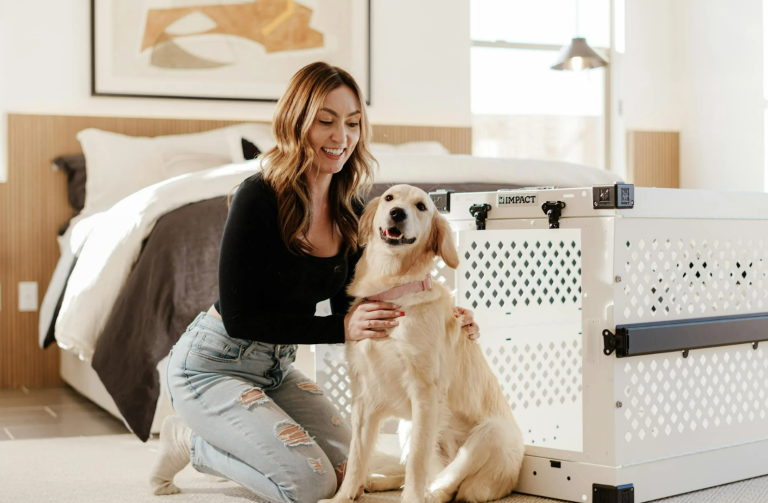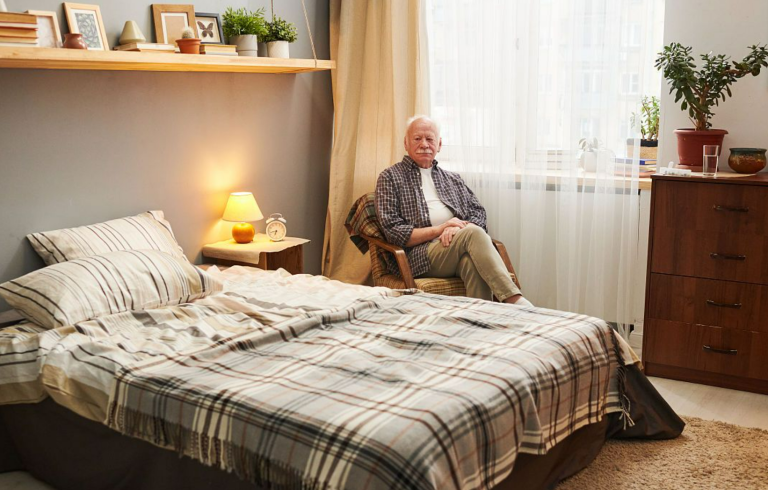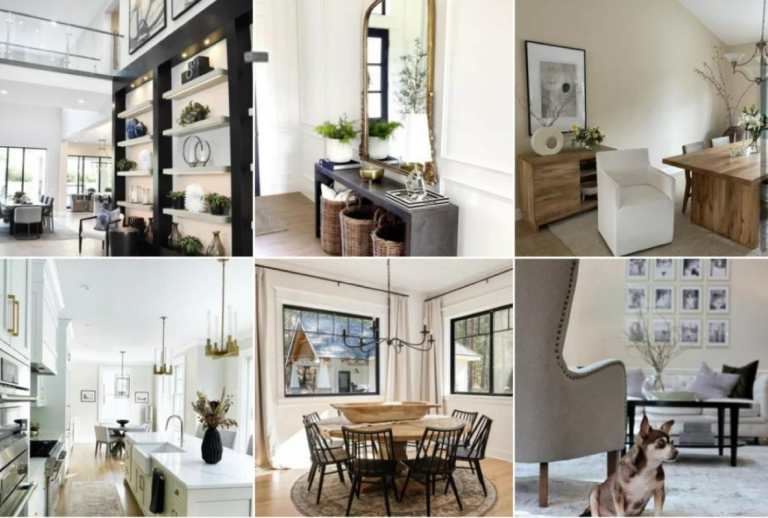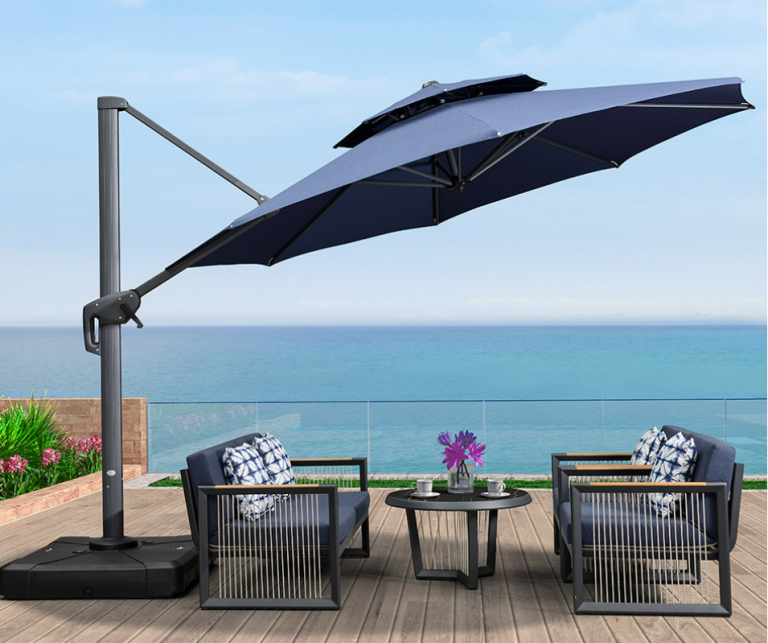

Age-Friendly Kitchen Design: Facilitating Cooking for the Elderly
Introduction: The Kitchen as a Hub of Independence
For seniors, the kitchen isn’t just where meals are prepared—it’s a space of autonomy, creativity, and connection. Yet 60% of home accidents among the elderly occur here. Age-friendly design transforms this high-risk zone into a safe, joyful environment where cooking remains a pleasure, not a peril.
Why Age-Friendly Kitchens Matter
Physiological Challenges
After 65, muscle strength declines by 15% per decade, while vision needs 3x more light. Simple tasks like reaching upper cabinets or reading stove dials become daunting. Solutions like L-shaped countertops (reducing steps) and matte finishes (reducing glare) address these invisibly.
Psychological Benefits
Cooking fosters cognitive health and emotional well-being. A well-designed kitchen reduces frustration, preserving the dignity of “I can do it myself”—a sentiment 78% of seniors prioritize.
5 Pillars of Age-Friendly Design
- Safety First
- Slip-resistant tiles (R10 rating) prevent 40% of falls.
- Induction cooktops with auto-shutoff eliminate burn risks.
- Accessibility
- Height-adjustable counters (65–90cm range) accommodate seated or standing users.
- Pull-out spice racks bring items to eye level, eliminating risky stretches.
- Comfort
- Task lighting (500 lux under cabinets) ensures clear visibility for chopping.
- Soft-close drawers prevent pinched fingers—a common injury.
- Technology
- Voice-controlled faucets (“Hey Google, pour 2 cups”) aid arthritic hands.
- Water sensors under sinks alert to leaks before slips occur.
- Future-Proofing
- Modular cabinetry allows easy conversion to wheelchair-access layouts later.
Room-by-Room Strategies
Work Triangle
Keep sink, stove, and fridge within 4–9 feet of each other. U-shaped layouts minimize pivoting—a leading cause of balance loss.
Storage
- Lowered upper cabinets (45cm from counter) with pull-down mechanisms.
- Lazy Susans in corner cabinets prevent awkward bending.
Lighting
Combine 3000K ambient LEDs with motion-activated under-cabinet strips. Red nightlights guide midnight snacks without disrupting sleep.
Material Selection
- Quartz countertops resist bacteria better than laminate.
- Textured glass backsplashes provide visual contrast for low vision.
Common Mistakes
- Overlooking toe kicks: 10cm recesses under cabinets let wheelchairs roll close.
- High-gloss floors: They amplify glare; opt for matte finishes.
Case Studies
- Tokyo Smart Kitchen: Voice controls reduced caregiver assistance by 50%.
- Shanghai Retrofit: Non-slip flooring cut fall-related ER visits by 60%.
Future Trends
Biometric faucets that adjust water temperature based on arthritis severity are in development.
Conclusion: Crafting Kitchens That Care
An age-friendly kitchen isn’t a clinical overhaul—it’s a thoughtful evolution blending safety, independence, and joy. Because every meal prepared in confidence is a celebration of life’s continuance.
FAQs
- What’s the ideal counter height for seniors?
85–90cm for standing; 75cm for seated work. - Are smart kitchens too complex for elders?
Not with voice control or one-touch panels. Start simple (e.g., smart plugs). - How to childproof age-friendly kitchens?
Use magnetic locks on lower cabinets and stove guards. - Best flooring for wheelchair users?
Luxury vinyl tiles (LVT)—slip-resistant yet hardwood-like. - Cost of a basic retrofit?
2,000–5,000 covers essentials: lighting, grips, and anti-slip coatings






